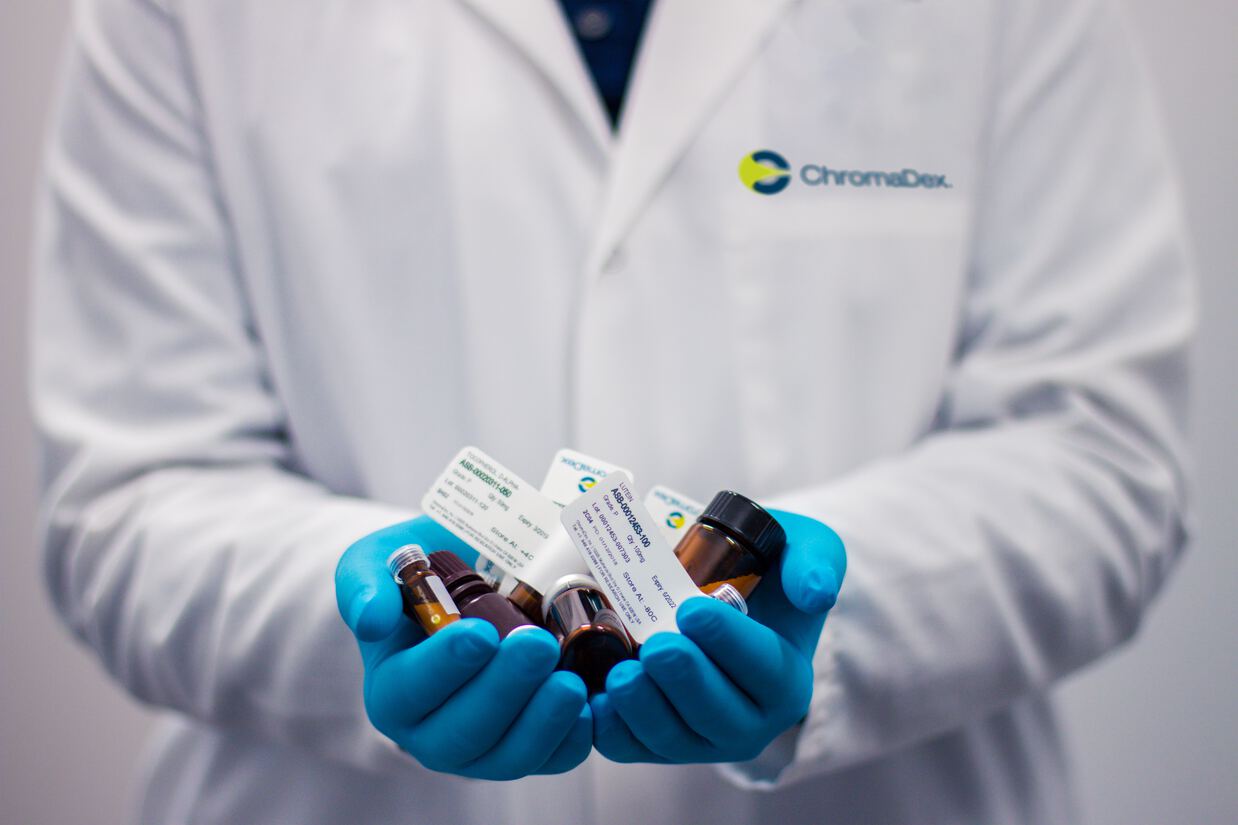Ghost Branded Generics - How to fix it
- Posted:
- Written by:
- Categories:

This article is part of a series: Ghost Branded Generics
Ghost Branded Generics are a relatively new category of cost-saving opportunities, caused by prescribers specifying a manufacturer for a generic product, often resulting in a higher reimbursement price compared to the true generic. We estimate the problem costs the NHS £11.6m a year. We have written about this extensively since our first blog on discovering the issue and developed a Ghost Branded Generics dashboard and measure for every practice and CCG in England.
We identified SystmOne as the Electronic Health Record (EHR) used in general practices where most of the excess costs related to Ghost Branded Generics occured. To our great delight SystmOne addressed this, largely unforeseeable, issue swiftly and have implemented a fix to the medicines prescribing screen on their EHR in practices across the country. Many busy frontline clinicians have also welcomed this positive news that SystmOne has made small modifications that support them prescribing effectively (see Twitter).
Has Ghost Branded Generics been fixed?
Not quite. The changes to the medicines prescribing screen will reduce the chances of incorrectly generating a new prescription in the future however many Ghost Branded Generics are for long term conditions where patients may be receiving repeat prescriptions that have been previously generated. These prescriptions will need to be identified in a practice to ensure the Ghost Branded Generics can be switched to true generics where appropriate.
How do we identify Ghost Branded Generics prescriptions?
In addition to changes in the medicines prescribing screen, SystmOne have also produced a series of reports to support practices identifying Ghost Branded Generic prescriptions which are still valid on their EHR. For guidance on how to access these reports SystmOne users should consult the SystmOne noticeboard in your live environment.
Additionally, the wonderful PrescQIPP have also produced a report and series of searches to support identification of Ghost Branded Generics and these can be found here. A password is required but (nearly) all CCGs subscribe to PrescQIPP, so please contact your CCG if you require access.
What do we do then?
Once you have identified the prescriptions that are Ghost Branded Generics you should:
- Discuss locally. Most ghost-branded prescribing appears to be accidental because some systems previously allowed them to be selected easily, but they may in some cases be prescribed deliberately such as the case of Category 1 antiepileptics.
- Review these prescriptions. Patient’s prescriptions should be switched to true generics, if clinically appropriate in each case.
How do we track our progress?
Our data helps you see the scale of the issue for your practice and CCG and helps you prioritise drugs to target. This can be done on your Ghost Branded Generics dashboard. Prescribing data is currently available for December 2018. As we only discovered Ghost Branded Generics just before Christmas we do not expect to see any changes until January at the earliest. This data will be available in mid-March.
Our data cannot show you which manufacturer was selected for these prescriptions. As we blogged before, the NHS Business Services Authority holds this data but does not publish it. If you do need to see the particular manufacturer, the NHS Business Services Authority has made the information available in their ePACT2 system on a dashboard called “Premium Priced Generics”. If you do need this level of detail in the data please consult ePACT2 and let us know as well on feedback@openprescribing.net as it will support us (and others) getting access to build new useful tools for the NHS.
What next for Ghost Branded Generics?
Our small team of clinicians, researchers, and software engineers pool their skills and knowledge to find problems in clinical practice, using open tools and open data. We found a problem with prescribing, especially in SystmOne practices, costing the NHS millions. We shared our work, and then SystmOne got in touch, very rapidly, working collaboratively, swiftly, and positively to produce a solution. Other organisations such as PrescQIPP also sprang into action to support local organisations and clinicians.
This story demonstrates the value of sharing your working out in the open: documenting your code, methods and results in public so that others can take your analysis, check it, build on it and fix problems for the NHS. We now await data over the next few months to see if the fixes that have been implemented have the desired effect.


